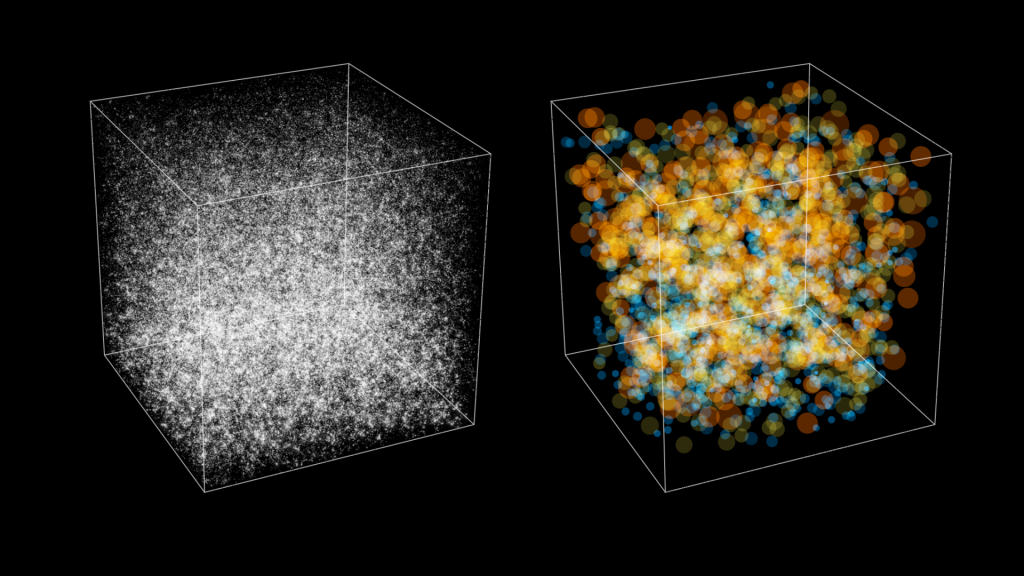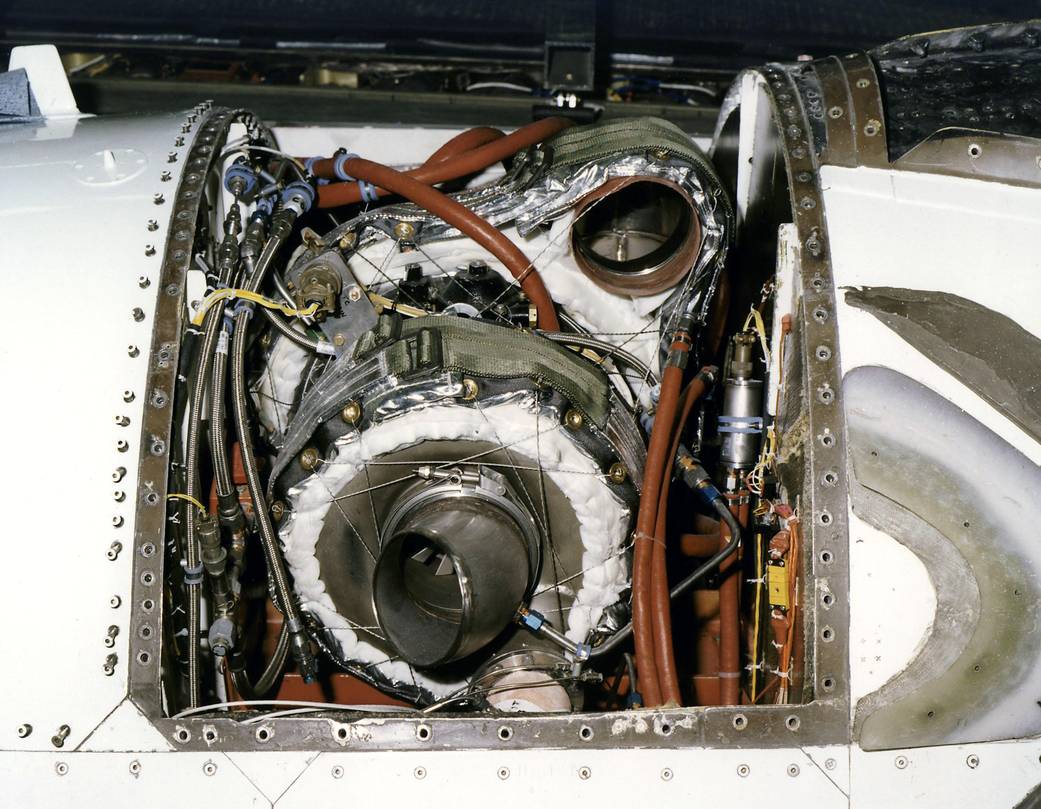EC95-43240-13
NASA’s two-seat F-16XL #2 research aircraft is shown in the modification hangar at the Dryden Flight Research Center, Edwards, CA, for installation of a titanium “glove” on the upper surface of its modified left wing.
The aircraft subsequently concluded a 13 month-long, 45-flight research program which investigated drawing off a small portion of the boundary-layer air to provide laminar-or smooth-flow over a major portion of a wing flying at supersonic speeds. A turbo-compressor in the aircraft’s fuselage (shown here) provided suction to draw air through more than 10 million tiny laser-drilled holes in the glove via a manifold system employing 20 valves.
Data obtained during the program could assist designers of future high-speed aircraft in developing a more efficient civil transport.August 24, 1995NASA Photo› F-16XL-2 Project Description
1 min read

























